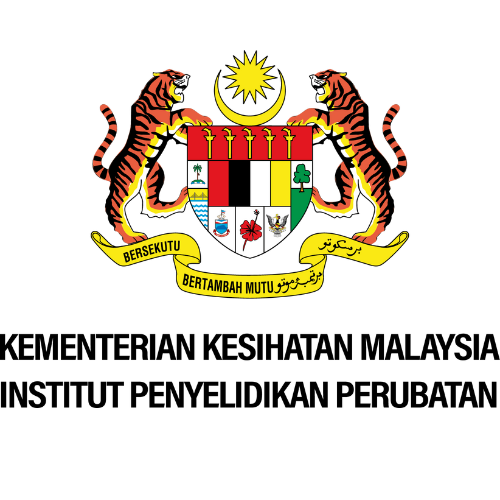Ageratum conyzoides
Family
Compositae
Synonyms
None
Vernacular Names
| Malaysia | Tahi anjing, rumput pereh jarang, rumput sekedok (Peninsular). |
| English | Goatweed. |
| Indonesia | Babadotan(Sundanese), wedusal. (Javanese), dus-bedusa(Madurese). |
| Philippines | Bulak-manok(Tagalog), singilan(Iloko), bahug-bahug Panay Bisaya). |
| Thailand | Thiam mae hang(Loei), saapraeng saapkaa (Chiang Mai), ya saap raeng (Ratchaburi). |
| Vietnam | C[aa]y b[oo]ng c[uws]t heo, c[aa]y hoa c[uws]t I[owj]n, c[aa]y b[oo]ng th[us]i. |
| French | Eupatoire bleue. |
Geographical Distributions
This herb originated from Central and South America, but now is a pantropical weed that is very common throughout India, Burma (Myanmar), Indo-China, southern China, Thailand and Malesia.
Description
It is an annual erect herb that sometimes is decumbent and rooting at the base. It can reach up to 120(-150) cm tall. The stems have long hairs on the nodes and younger parts.
The leaves are egg-shaped, triangular-ovate or rhomboid-ovate, size (0.5-)1-10 cm x 0.5-7 cm, with obtuse or rounded base.
The flowering head is about 4-6 mm long. The number of flowers is 60-75. The outermost ring of the bracts are beset with only simple non-gland hairs while the inner bracts are with abruptly contracted apex. The petal is between 1-2.5 mm long.
The fruit is hairless or very sparingly hairy.
Ecology / Cultivation
A. conyzoides is very common in fields, roadsides and waste places up to 2500 m altitude.
Line Drawing / Photograph
Read More
1) Safety
References
-
Plant Resources of South-East Asia No 12(2). 1998, Unesco.




